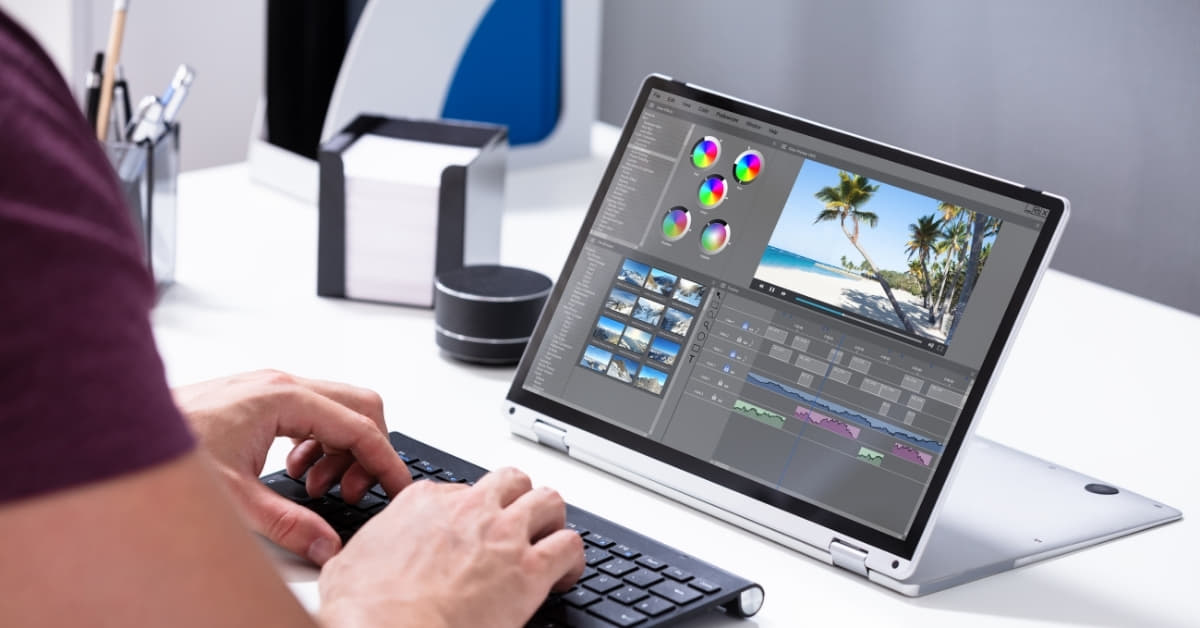In the digital age, visual content plays a crucial role in capturing attention and conveying messages effectively. Whether you’re a professional photographer, a social media enthusiast, or someone looking to enhance personal photos, mastering Photoshop and editing skills is a valuable asset. This article aims to guide you through the basics, advanced techniques, and best practices to unleash the full potential of Photoshop and elevate your editing game.
Understanding Photoshop
Dive into the realm of digital artistry with “Understanding Photoshop,” where we unravel the essential basics and tools that form the backbone of Adobe’s renowned image editing software
1. Photoshop Basics:
Adobe Photoshop is a powerful photo editing software that offers a myriad of tools for image editing, manipulation, and enhancement. Familiarize yourself with the workspace, toolbar, layers, and basic functions to get started.
2. Key Editing Tools:
Explore essential tools such as the Crop tool, Brush tool, Clone Stamp, and Healing Brush for basic retouching. Understand the significance of layers to maintain non-destructive editing.
Advanced Editing Techniques
Embark on a journey of creative finesse with “Advanced Editing Techniques” as we delve into the intricate methods of color correction, retouching, and graphic integration in Photoshop.
3. Color Correction and Grading:
Learn how to adjust colors, tones, and contrasts to achieve the desired mood and atmosphere in your photos. Master the use of Curves, Levels, and Color Balance for professional-grade color correction.
4. Retouching and Restoration:
Discover techniques for skin retouching, blemish removal, and background restoration. Utilize tools like the Spot Healing Brush and Content-Aware Fill to seamlessly enhance your images.
5. Text and Graphic Integration:
Explore the world of text and graphic integration to add captions, logos, or creative elements to your photos. Understand layer styles and blending modes for a polished finish.
Best Practices for Photoshop Editing
Explore the art of non-destructive editing and discover organizational strategies that will streamline your workflow, ensuring every edit is a step towards perfection.
6. Non-Destructive Editing:
Emphasize the importance of non-destructive editing by using adjustment layers and Smart Objects. This allows you to make changes without compromising the original image.
7. Organizing Your Workflow:
Create an efficient workflow by organizing layers, naming conventions, and utilizing folders. This ensures a streamlined editing process and easy collaboration.
FAQs
What is the best way to learn Photoshop for beginners?
Start with online tutorials, practice with simple projects, and gradually progress to more complex tasks. Adobe’s official website and platforms like YouTube offer valuable resources.
How can I undo changes in Photoshop?
Use the “Ctrl + Z” (Windows) or “Command + Z” (Mac) shortcut to undo the last action. To undo multiple steps, use “Ctrl + Alt + Z” (Windows) or “Command + Option + Z” (Mac).
Can I use Photoshop on mobile devices?
Yes, Adobe offers a mobile version called Photoshop Express. While it has fewer features than the desktop version, it’s a great starting point for on-the-go editing.
What is the difference between Photoshop and Lightroom?
Photoshop is a comprehensive photo editing software with a wide range of tools, while Lightroom focuses primarily on photo organization, color correction, and batch editing.
Conclusion
Mastering Photoshop and editing is a rewarding journey that opens up endless possibilities for creative expression. Whether you’re a beginner or looking to refine your skills, this guide provides a solid foundation to navigate the diverse world of photo editing. Embrace the tools, experiment, and let your creativity shine through your edited masterpieces.
This page was last edited on 27 February 2024, at 5:51 pm
